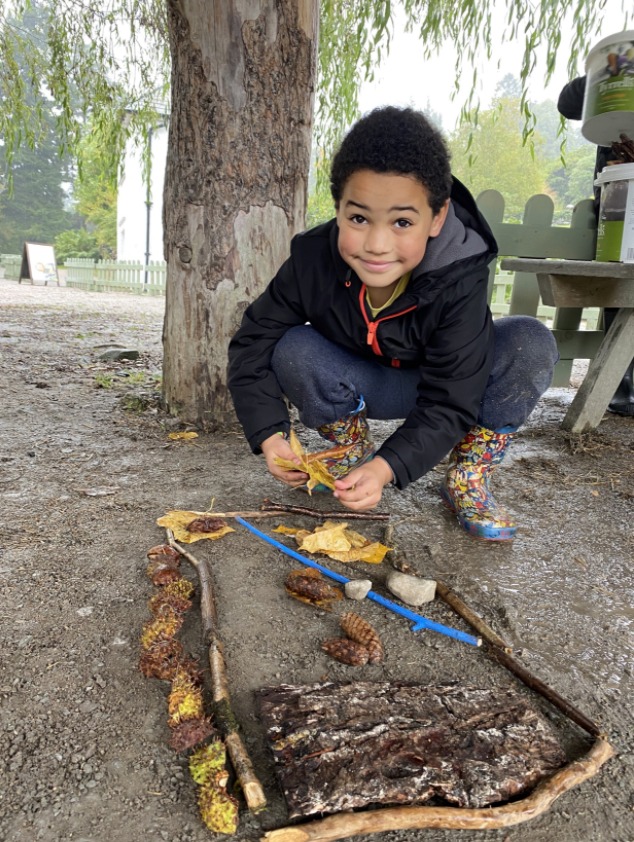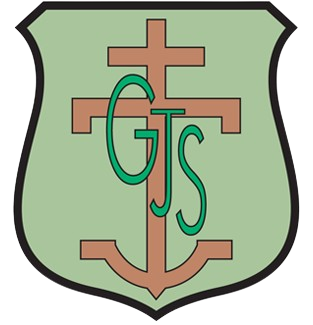Art and Design Intent
Intent, Implementation and Impact
Intent
At Greengate, we believe that art education is important as it stimulates creativity, imagination and inventiveness. Our art curriculum is accessible to all and provides pupils with the knowledge and skills to experiment, invent and create their own works of art. They learn the skills of drawing, painting, printing, collage, textiles and 3D work through the three areas of focus – ‘Drawing and Sketchbooks’, ‘Surface and Colour’ and ‘Working in 3D’. We aim to help pupils develop lively, enquiring minds and as they progress, encourage them to think critically, take risks and make informed responses to their work and that of others. Pupils will learn how art shapes our history, contributes to the world around them and develop knowledge of the work and styles of famous artists. The skills they acquire are linked to other curriculum areas allowing children to use their art skills to explore topics in greater depth, for example, looking at ‘Fossils’ (Science) and ‘Cave paintings’ (History) in the Year 3 Autumn unit – ‘Gestural drawing with charcoal’. In art lessons, children are expected to be reflective and evaluate their work, thinking about how they can keep improving.

Aims of Art and Design:
ART- Key stage 2
Pupils should be taught to develop their techniques, including their control and their use of materials, with creativity, experimentation and an increasing awareness of different kinds of art, craft and design.
Subject Content:
Pupils should be taught:
- to create sketch books to record their observations and use them to review and revisit ideas.
- to improve their mastery of art and design techniques, including drawing, painting and sculpture with a range of materials [for example, pencil, charcoal, paint, clay]
- about great artists, architects and designers in history.
How are we going to teach it?
Implementation
- We use and adapt ‘Access Art’ to plan and deliver our Art and Design curriculum as it provides a clear progression of skills for all pupils. Art is taught in three termly blocks and linked to other curriculum areas and our local area where possible.
- As drawing underpins creativity in the visual arts, the ‘Drawing Journey’ continues during the time when Design and Technology is being taught. Children complete two drawing exercises during that teaching block. Teachers vary the subject matter and drawing medium to keep the process active and engaging.
- It is occasionally a ‘stand alone’ subject, e.g. for hall displays or other local community projects such as, ‘Printfest’.
- Class teachers are responsible for following and adapting the pathways set out in ‘Access Art’ to ensure skills and techniques are developed across the school and clear progression is made.
- Sketchbooks are used to experiment, explore, record, review, research and revisit ideas. These are passed on each year. They belong to the children and do not include learning objectives and they are not formally dated or marked. Sketchbooks are passed to the next class teacher each year and children can enjoy seeing their progression in Art as they move through the school.
- An ‘Art Curriculum Progression Plan’ document shows a clear overview of art across the school and class teachers plan series of lessons in further detail on the school medium term planners and lesson presentations.
- Trips and visiting artists also enhance the learning experience.
- Displays are used to share and celebrate work throughout the school.
- Children receive feedback throughout the lesson to help them improve or develop their skills. Children have opportunities to self assess and evaluate their work as a means of improvement.
- Reflection, peer assessment and evaluation opportunities are included at the end of all blocks.
- Parents receive a report each year to inform parents of their child’s progress in this subject area.
- Art leaders represent the student voice and regularly meet with the subject leader.
- Key vocabulary is shared and referred to in lessons.

How are we going to record, assess and evaluate?
Impact
Classroom, corridor and hall displays enhance the school environment and reflect the children’s sense of pride in their artwork. They also celebrate children’s achievements in art and demonstrates the subject’s high status within our school. The art curriculum develops children’s personal development in creativity, independence, judgement, self-reflection and taking risks. Children will have a knowledge and understanding of art and culture and will have made decisions and choices that have a life-long impact. We have previously been awarded Artsmark Gold Status and this shows our commitment to and promotion of the Arts.
Use of sketchbooks:
Each child has their own art and design A5 sketchbook which they take with them to the next class. This provides a record of their learning and progress. The children are encouraged to think of it as a place to practice and develop their work. The use of rubbers is discouraged in order to try and make the sketchbook a place where it is ok to make mistakes and be experimental. Pupils should be aware that their sketchbook does not need to be ‘perfect’ and that it is a working document and a collection of ideas.
The art and design sketchbook can be used to;
- Practise skills, e.g. drawing techniques such as shading or drawing from different viewpoints.
- Collect ideas from a visit – recording first hand observations or adding particular works that interest them on a visit to an exhibition or museum for future reference.
- Collect pictures/samples from the internet, magazines, cards etc.
- Store photographs.
- Collect samples of materials, fabrics and textures.
- Show colour strips from colour mixing.
- Evaluate their own work and work of other artists.
- Store samples of work (these may be stuck in)
- Record ideas and thoughts in writing.
- Research, collect information and include personal comments about the work of other artists.
